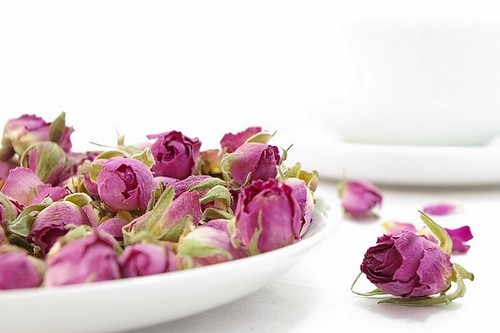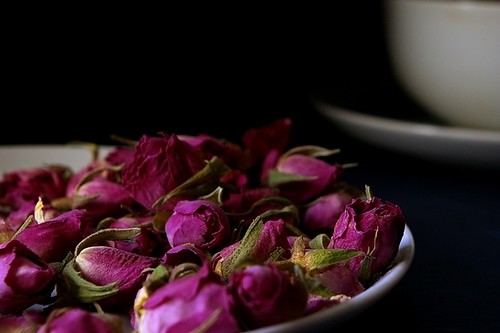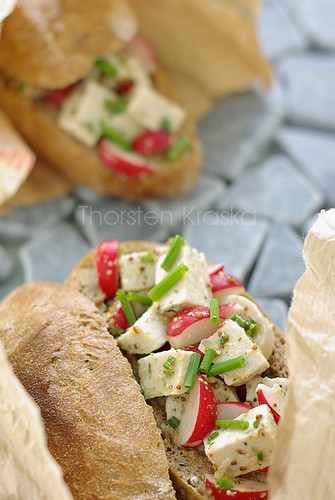And as sure as we need light to photograph as controvers lighting is discussed. Start a conversation about lighting and it wouldn't surprsie me that you have a heated debate soon. But what is the controvery in lighting all about? Often it is the light source. Do you use (1) natural light or artificial light. If you use artificial light, do you use (2) continous light or (3) flash light and of cause the required equipment. Are there differences between these light sources? Sure, there are. Is one light source better than the other? No. Would you really like to judge the quality of the different light sources for usability or quality in food photography? I wouldn't, because I wouldn't like to judge the quality of oil based colors vs. water colors in still life painting. The light is the tool we use to realize our ideas in food photography. And depending on your ideas and what you want to achive you will choose the light source.
Is it worthwhile to discuss light and lighting? Yes. Each light source has its own quality, advantages, limitations, techniques. Like a painter has to learn how to use oil or water colors, the photographer has to learn how to use the different light sources and what one personal can do with it. In the end it is the photographer imaginativeness that makes the photo. To know how to use light is essential for the realization.
As important lighting equipment and technique for lighting in food photography is, it is just one side of the medal. For me personal more important is to get a feeling for light and lighting, to "see" light, how it works, what effects it creates and how different it is. There are many good books covering the techniques and how to use the equipment, which will help you to understand technical background and to improve you technical skills. To develop your own style and to improve your imaginative skills, you have to practice. During the day, light is always around, so take a closer look at it. Light in the morning is different from that at noon, it is different on a cloudy day from that on a bright sunny day. Light inside a room through a curtain is different from that outside. Try to use these different qualities. Take a look at your favorite photos and try to analyse them. How was it done. Where is the main light source. What about shadows and fill lights.
Experiment, practice, learn by try and error. Take a look at more photos and learn from them. Like for any other hobby it is experience and practice that will help you. To talk about it has helped me to understand how lighting works for me and I could profit from experiences others have made. And most important I learn from the mistakes I made and will make. Thanks to all who have given me pointers, there opinion and to my hardest critics.
To end this personal opinion thread two photos from my own experiments on lighting.

© All rights reserved, Thorsten Kraska, 2009

© All rights reserved, Thorsten Kraska, 2009
If ou like this post you may also like "Find your Light"





